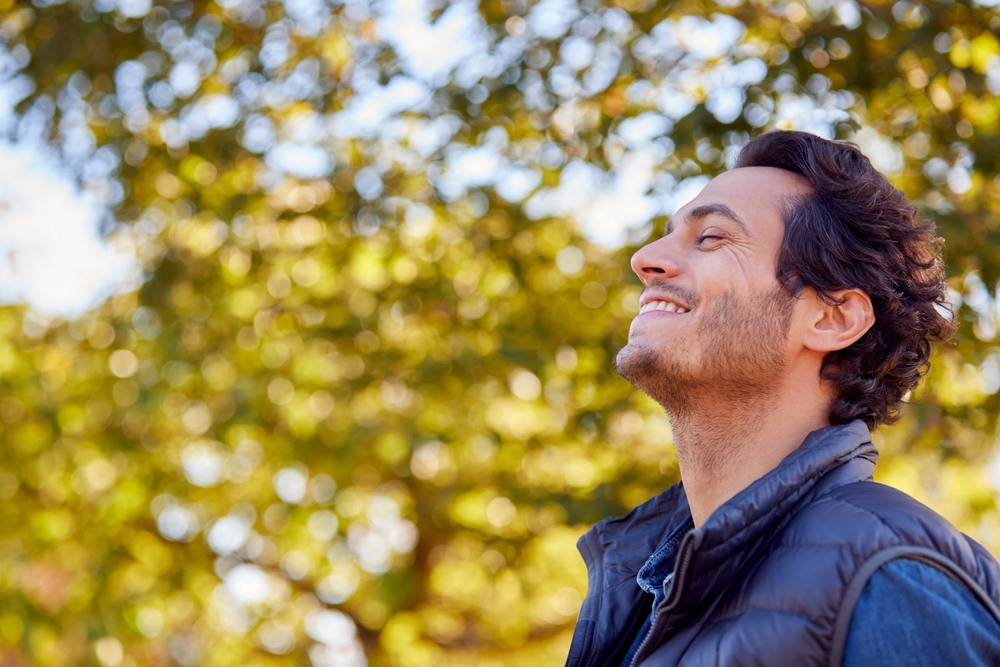In the quiet spaces between our thoughts, our bodies hold stories that our minds have forgotten. The tension in your shoulders might be carrying yesterday’s stress. The tightness in your chest could be harbouring unexpressed emotions.
As we navigate our increasingly digital world, we often neglect the wisdom that resides in our physical form. This journey into bodywork as emotional medicine is one worth taking together.
Let’s explore how various forms of body-centred practices can serve as pathways to emotional well-being.
The Body-Emotion Connection: More Than Skin Deep
Science has long confirmed what ancient healing traditions understood intuitively: emotions aren’t just abstract concepts floating in our minds—they live in our bodies. The butterflies of excitement, the heaviness of grief, the lightness of joy—all have physical signatures.
Dr. Bessel van der Kolk, in his groundbreaking work on trauma, suggests that “the body keeps the score.” Emotional experiences, particularly difficult ones, can become trapped in our physical form when not fully processed.
This embodied emotional memory manifests as chronic tension, digestive issues, sleep disturbances, or even unexplained pain.
Bodywork offers a gentle yet powerful approach to accessing and releasing these stored emotions. By creating a dialogue with the body through touch, movement, or breath, we can begin to unravel emotional knots that talking therapies alone might not reach.

Forms of Bodywork for Emotional Healing
The landscape of bodywork is vast and varied, offering multiple entry points depending on your comfort level and specific needs:
Massage Therapy: Beyond relaxation, therapeutic massage can release emotional tension held in muscles. Different modalities—Swedish, deep tissue, myofascial release—each offer unique benefits for emotional processing.
Yoga: This ancient practice unites breath, movement, and mindfulness to create a container for emotional exploration. Certain poses are known to evoke specific emotional responses—hip openers often release stored grief, while heart-opening poses can access joy and compassion.
Tai Chi and Qigong: These gentle movement practices focus on energy flow, helping to dissolve emotional blockages while cultivating a sense of centeredness and calm. The slow, intentional movements create space for emotions to surface and transform.
Somatic Experiencing: Developed by Peter Levine, this approach helps release trapped survival energy and resolve trauma through body awareness, touch, and movement. The process allows the nervous system to complete stress responses that may have been interrupted during overwhelming experiences.
Dance/Movement Therapy: Through expressive movement, we can give form to emotions that defy words. The freedom to move without judgment creates a playground for emotional expression and release.
The Role of Genuine Connection
While self-directed practices have their place, there’s profound value in working with skilled practitioners who can serve as authentic guides on your bodywork journey.
These genuine practitioners in healing bring not only technical expertise but also a quality of presence that creates safety for emotional vulnerability.

This kind of authentic companionship is not only rare but deeply transformative—it fosters an emotional environment where healing can take root and flourish.
A gifted bodywork practitioner attunes to your nervous system, sensing when to deepen the work and when to back off. They hold space for whatever emerges—tears, laughter, memory, insight—without judgment or agenda.
This quality of compassionate witnessing can be as healing as the bodywork itself. When seeking such a practitioner, trust your intuition.
Beyond credentials, notice how you feel in their presence. Do you sense genuine care? Do they listen deeply? Do they respect your boundaries?
The relationship between client and practitioner forms the container for the healing work, making the selection of your bodywork companion an important decision.
Integrating Bodywork into Daily Life
While regular sessions with a skilled practitioner provide profound benefits, integrating body awareness into daily life amplifies these effects:
Morning Body Scan: Before rising, take five minutes to mentally travel through your body, noticing sensations without trying to change them. This simple practice builds the body awareness essential for emotional intelligence.
Mindful Movement Breaks: During your workday, take brief movement breaks. Stretch, shake, dance—anything that interrupts physical stagnation also prevents emotional stagnation.
Breath Awareness: The breath serves as a bridge between body and emotion. When feeling emotionally activated, three conscious breaths can create space between stimulus and response, allowing for more skillful emotional navigation.

Expressive Writing: After bodywork sessions, journal about any emotions or insights that surfaced. This helps integrate the experience and creates a record of your emotional journey.
Nature Immersion: Walking barefoot on grass, swimming in natural bodies of water, or simply sitting against a tree can ground emotional energy and provide perspective on inner storms.
Navigating Emotional Releases
It’s important to acknowledge that bodywork can sometimes catalyse unexpected emotional releases. During a workshop in New Mexico, I witnessed a stoic businessman break into sobs during a simple shoulder release exercise.
This isn’t uncommon—when the body feels safe enough to let go, emotions that have been held at bay may surge forward.
If this happens to you, remember:
- These releases are natural and healing
- There’s no need to analyze the emotion in the moment—simply allow it
- Stay with your breath and bodily sensations
- Communicate with your practitioner as needed
- Practice self-compassion throughout the process
Afterward, gentle self-care becomes essential. Hydrate abundantly, rest if needed, journal if helpful, and consider how to hold the space between sessions for continued integration.
The Subtle Art of Emotional Maintenance
Like tending a garden, emotional well-being through bodywork isn’t a one-time effort but an ongoing practice. The rewards of this commitment extend beyond emotional regulation to enhance every aspect of life.

Relationships deepen when we bring embodied emotional awareness to our interactions. Creative endeavours flourish when emotions flow freely rather than consuming energy through suppression.
Even decision-making improves when we can access the intuitive wisdom of our bodies alongside rational thought.
Beginning Your Bodywork Journey
If you’re new to bodywork, start with curiosity rather than expectation. Each body holds its own wisdom and timeline for healing.
Some suggestions for beginners:
- Research different modalities to find what resonates with your needs and comfort level
- Ask for recommendations from trusted friends
- Schedule consultation calls with potential practitioners
- Start with shorter sessions and build duration as trust develops
- Communicate your boundaries clearly
- Remember that you remain in control of your experience
The path of emotional healing through bodywork isn’t always comfortable, but it leads to a profound homecoming. Simply a return to the wisdom and wholeness that have always resided within your physical form, waiting to be remembered.
In a world that often prioritises disembodied intellect, choosing to honour the emotional intelligence of your body becomes a revolutionary act.
This revolution happens not on streets or stages but in the intimate territory of your own skin, muscles, and breath—guided by skilled hands and held in spaces where authentic healing can unfold.
Your body has been patiently waiting for this conversation. When you’re ready to listen, it has much to tell you about the emotional landscape you inhabit and the possibilities for greater ease, joy, and connection that await.





